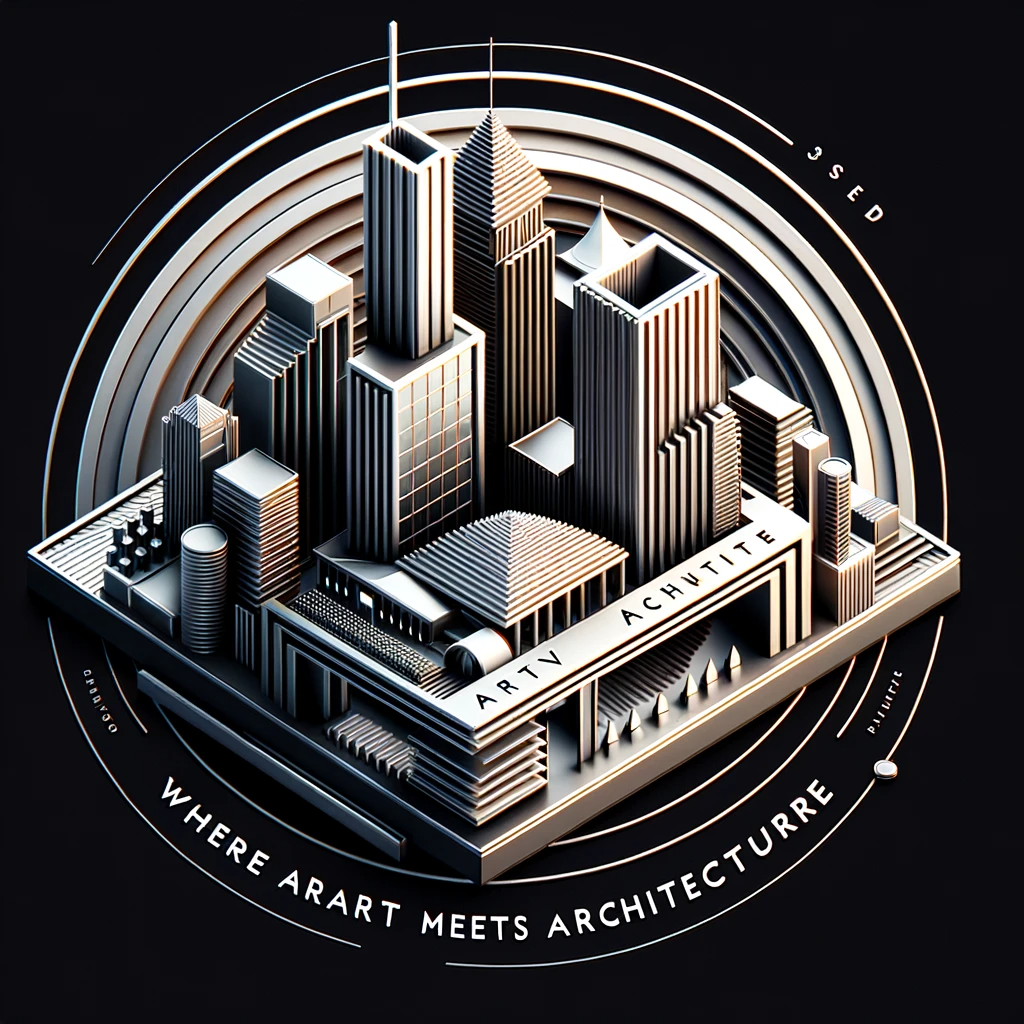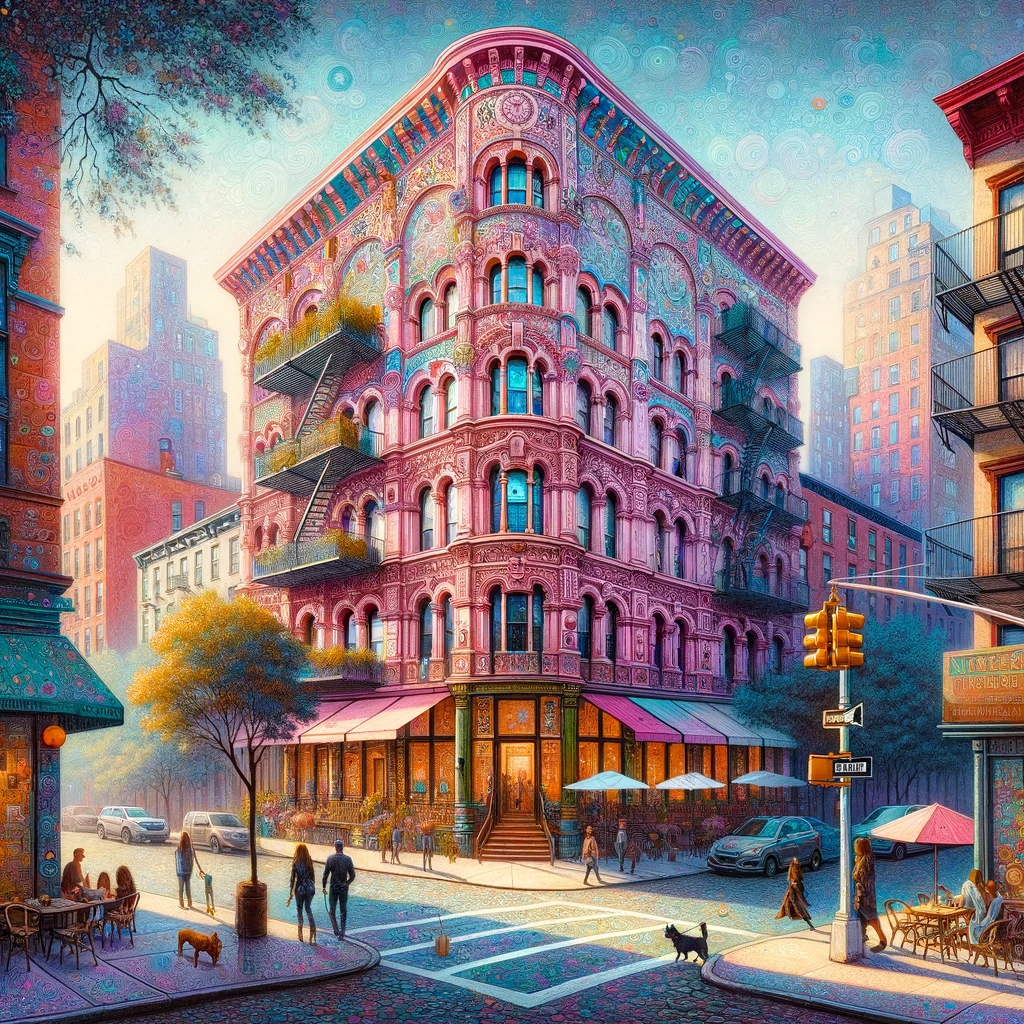In the heart of New York’s West Village, a striking edifice rises, distinguished not only by its architectural grandeur but also by its vivid pink hue. This building, Palazzo Chupi, serves as both a residential masterpiece and a bold statement of artistic expression. Through this article, you will journey through the history, architecture, and cultural significance of Palazzo Chupi, emerging with a comprehensive understanding of why this building is not just a structure, but a landmark of creativity and luxury living in one of New York City’s most cherished neighborhoods.
The Genesis of Palazzo Chupi
Conceived by the renowned artist and filmmaker Julian Schnabel, Palazzo Chupi is a testament to Schnabel’s unique vision that blends the aesthetic of a Venetian palazzo with the eclectic vibrancy of modern New York. This section delves into the inspiration behind Palazzo Chupi, outlining how Schnabel’s artistic sensibilities influenced its design and construction, and the role it plays in the broader narrative of West Village architecture.
Architectural Marvel and Design
At the heart of Palazzo Chupi lies its architectural brilliance. This section explores the elements that make the building a standout piece of architecture, from its distinctive pink facade to the intricacies of its interior design. It examines how Palazzo Chupi juxtaposes historical European elegance with contemporary luxury, creating a living space that is both opulent and uniquely New York.
Palazzo Chupi: More Than Just a Residence
Palazzo Chupi is not merely a place to live; it is a statement of lifestyle and artistry. This section highlights the cultural and artistic significance of Palazzo Chupi within the West Village and the broader New York City landscape. It discusses how the building reflects the artistic heritage of the neighborhood and serves as a beacon for creativity and innovation in urban living.
The Allure of Palazzo Chupi: A Closer Look
To truly appreciate Palazzo Chupi, one must explore the details that contribute to its allure. This section offers a closer look at the features that make Palazzo Chupi a coveted address in New York City, including its luxurious amenities, artistic interiors, and panoramic views of the Manhattan skyline. Through examples and anecdotes, readers will gain insight into the lifestyle and experiences that Palazzo Chupi offers to its residents.
Conclusion
Palazzo Chupi stands as a vibrant symbol of artistic ambition and architectural innovation in the heart of New York’s West Village. More than just a building, it represents a fusion of history, art, and luxury living that challenges conventional notions of urban architecture. For those who seek to understand the essence of New York’s architectural and cultural evolution, Palazzo Chupi offers a compelling narrative of creativity, vision, and artistic expression. As we explore the intricacies and stories behind its pink walls, we are reminded of the power of imagination in transforming spaces and lives. Palazzo Chupi is not just a home; it is a masterpiece that continues to inspire and captivate the imagination of all who behold it.
FAQ: Palazzo Chupi
What is the inspiration behind the design of Palazzo Chupi?
The inspiration behind Palazzo Chupi comes from Julian Schnabel’s vision to create a building that combines the grandeur of a Venetian palazzo with the modernity and vibrancy of New York City.
Schnabel, an accomplished artist and filmmaker, infused the project with his artistic sensibility, drawing on historical European architecture while incorporating elements that reflect the unique character of the West Village.
The result is a building that stands out not just for its distinctive pink facade but also for its ability to harmonize classical elegance with contemporary urban living, making Palazzo Chupi a landmark of artistic and architectural innovation in New York City.

